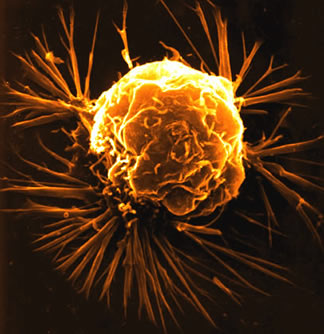 The Cancer Project's ad and petition state in no uncertain terms that eating hot dogs leads to colon cancer. But is there really a correlation? The majority of scientific research says no. Here are the facts:
The Cancer Project's ad and petition state in no uncertain terms that eating hot dogs leads to colon cancer. But is there really a correlation? The majority of scientific research says no. Here are the facts:- None of the children in the ad have cancer, they are paid actors
- The claims in the commercial are based on inconclusive studies of adults, not children
- Eating an occasional hot dog will not increase your chances of cancer (this is according to Colleen Doyle, the American Cancer Society's nutrition director)
And according to Ronald Kleinman, MD, pediatric gastrointestinal expert, "There is no established relationship between the normal consumption of processed foods and the risk of colon cancer."
What about sodium nitrite?
The alleged cancer-causing agent in processed meat is the preservative sodium nitrite. This preservative itself is harmless and in fact beneficial, but there is concern that it will combine with amino acids in the stomach to form nitrosamines, which have been shown to cause cancer in lab animals. Due to this concern, much research has been done on nitrites, and the evidence is that these fears are overstated.
The American Medical Association did an exhaustive study of scientific research on nitrites, and concluded that "no evidence exists to indicate that direct nitrite ingestion itself is carcinogenic in humans."
How does the body protect against nitrites?
The AMA study said that consuming nitrites does not form nitrosamines in the body. This is because the body is an amazing machine that handles nitrites very well. Here is what happens to the nitrites when you eat a hot dog:
- When eating, the body acts to keep nitrites and amino acids separate to prevent nitrosamine formation
- The pH level of the stomach rises when eating, to the point that nitrosamines can't form
- Nitrite is rapidly converted to nitric oxide, which aids in healing burns and controlling blood pressure, too quickly for nitrosamines to form
Nitrites are also produced naturally by the body, since they are an essential part of the immune system, effective at fighting bacterial diseases. Nitrites are always present in saliva. People need nitrites, and it is not only silly to avoid them, it is impossible, since processed meats only account for 5% of dietary nitrite. Most of the rest comes from leafy green vegetables such as spinach and lettuce.

No comments:
Post a Comment